- >
- Features
- >
- 2 days to relax and feel the history of Nagato
2 days to relax and feel the history of Nagato
modelcourse-
Last updated
Jul 26, 2022
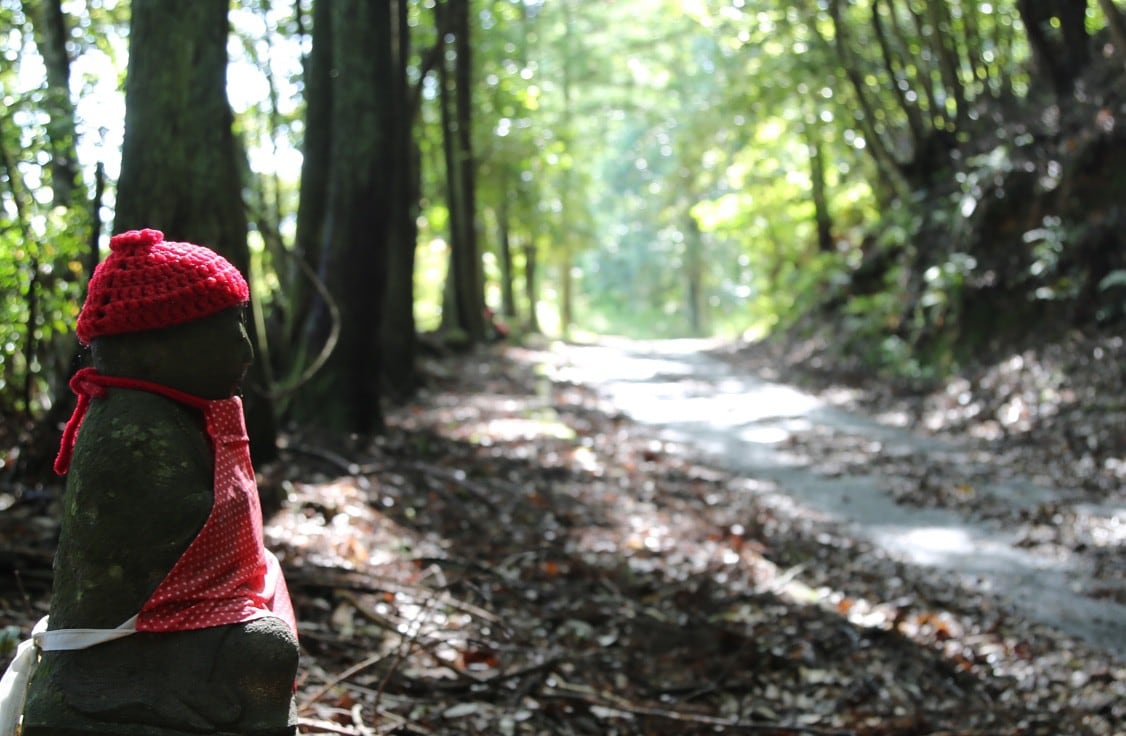
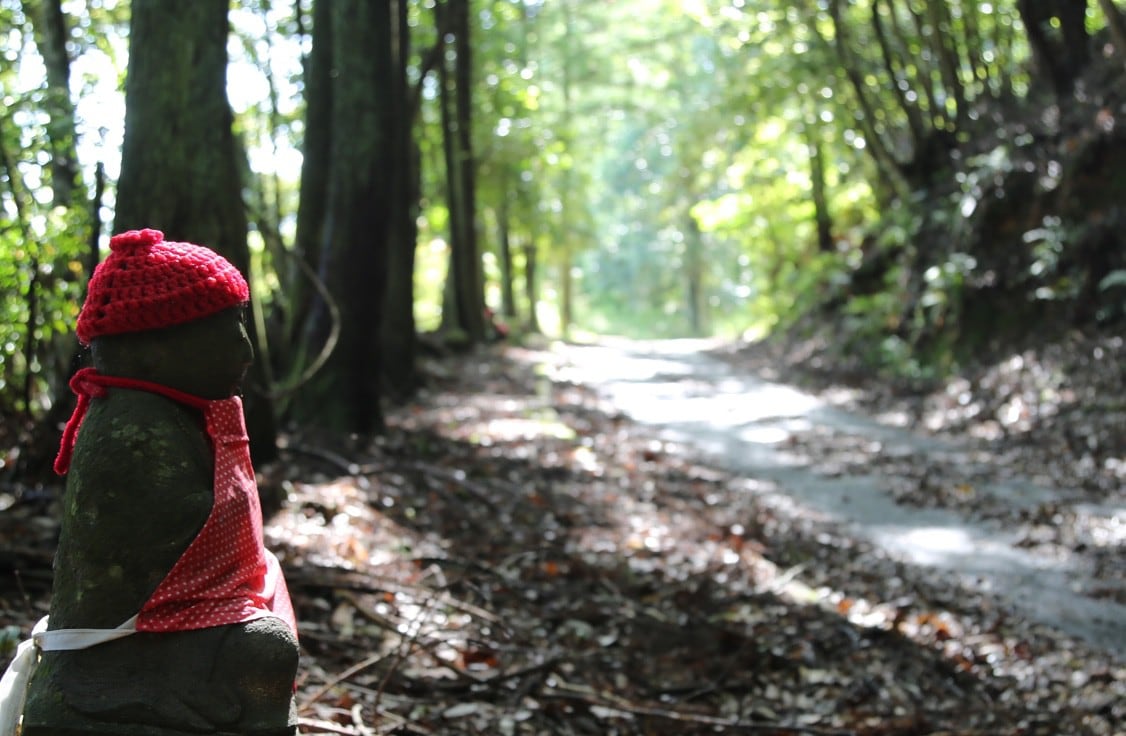
2 days to relax and feel the history of Nagato
Here is a trip to Nagato where you can forget about time and feel nature and history. This is a 2-day tour of the history and culture of Senzaki - Misumi - Yumoto.
- Subjects
- For seniors
- Time required
- 1 night, 2 days
- Area
- Senzaki, Yumoto, Misumi
- Recommended Season
- All Season
Day 1 Route Details
Whale Museum
9:00
spermaceti (waxy substance found in the head cavities of sperm whales)
9:35
Hayakawa Residence
10:00
Senzaki Misuzu Street, Kaneko Misuzu Memorial Museum
11:00
Shunjo Isaji
12:30
Seifu Murata Memorial Hall
14:00
Yasuo Kozuki Museum of Art
15:00
Yumoto Hot Spring Resort, Nagato City
17:00
Whale Museum
9:00
spermaceti (waxy substance found in the head cavities of sperm whales)
9:35
Hayakawa Residence
10:00
Senzaki Misuzu Street, Kaneko Misuzu Memorial Museum
11:00
Shunjo Isaji
12:30
Seifu Murata Memorial Hall
14:00
Yasuo Kozuki Museum of Art
15:00
Yumoto Hot Spring Resort, Nagato City
17:00
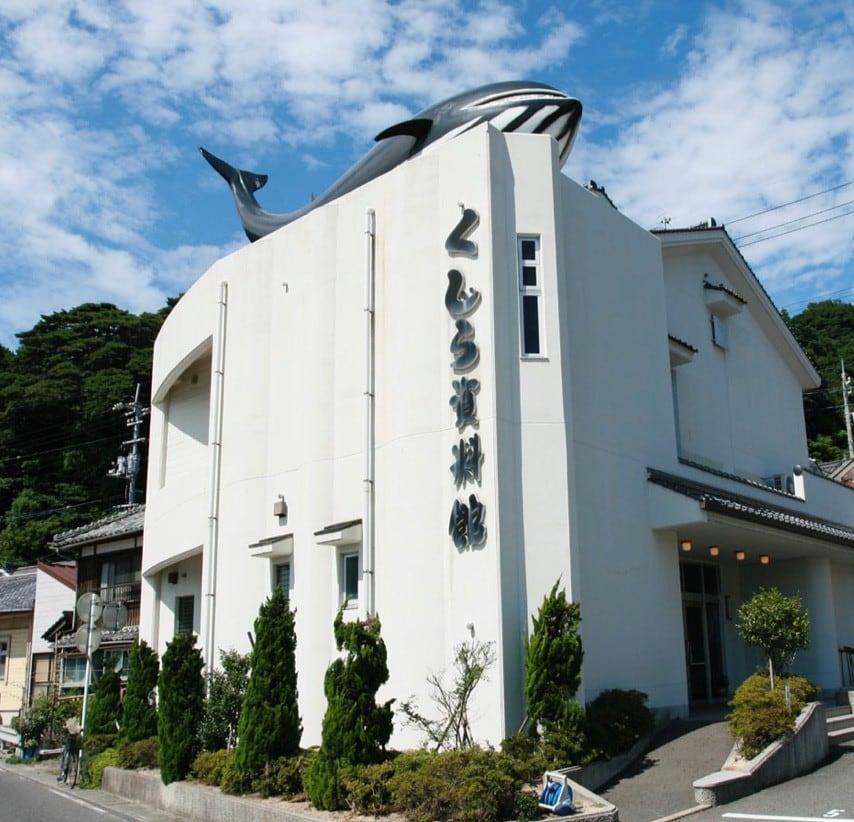
9:00 Whale Museum
A touch of old-fashioned whalingThis museum preserves and exhibits materials related to the old-style whaling that was practiced in Dori, Qinghai Island, where whaling has flourished since ancient times. The photos of fishermen who lived with whales, tools used in the old-style whaling, drums used in whale songs, and other valuable materials remind us of the deep bond between whales and the whaling industry.
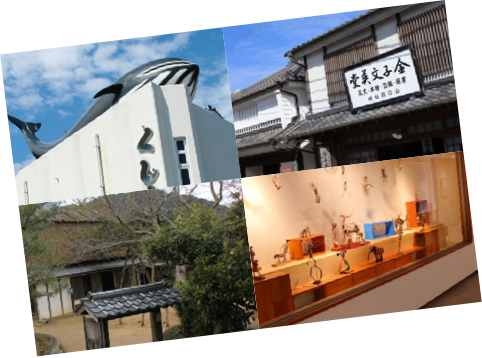
A common-use ticket that allows admission to four municipal facilities (Kaneko Misuzu Memorial Museum, Yasuo Kouzuki Museum of Art, Seifu Murata Memorial Museum, and Whale Museum) with a single ticket is also available.
Tickets for the four Nagato City museums are now on sale.1 minute walk
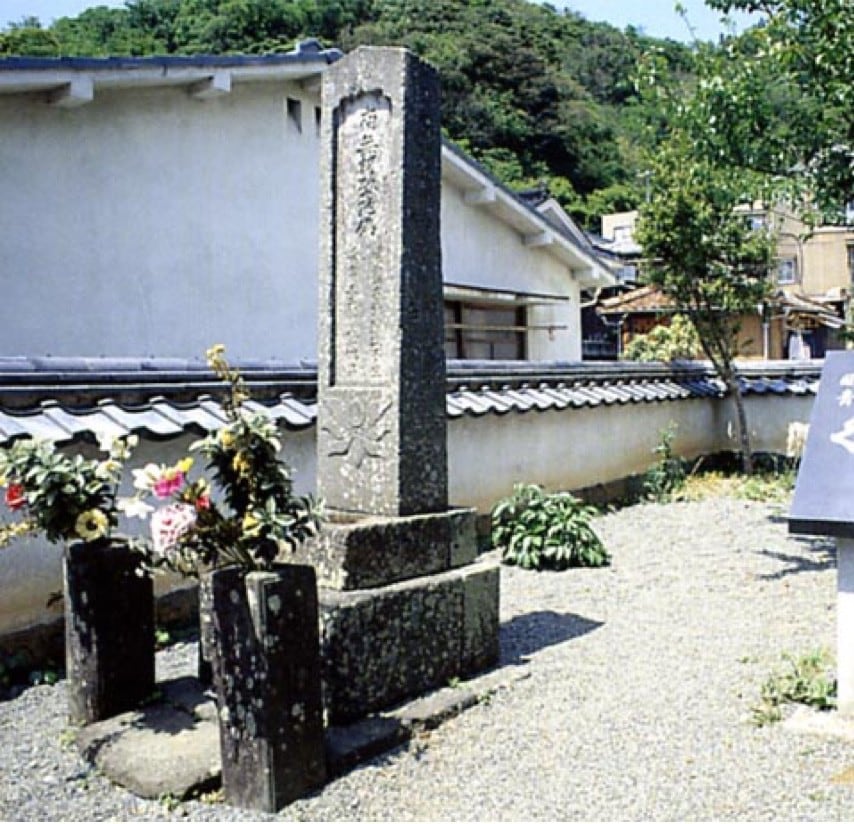
9:35 Whale Tomb
This is the only place in the country where a whale fetus was buried.The Whale Tomb was built in 1692 in Seigetsu-an (Kannon-do), the retreat house of San'ei Shonin, the fifth head priest of Mukigan-ji Temple. The tomb is made of granite, 2.4 meters high and 0.46 meters wide, with the inscription "Namu Amidabutsu" on the front and "Kyojitsu yujo yujo jokyoku wa fufufu no josei naten doujyobutsugen" below. On the side are inscribed the names of three whalemen, Magobei Shitara, Toemon Ikenaga, and Genemon Hayakawa.
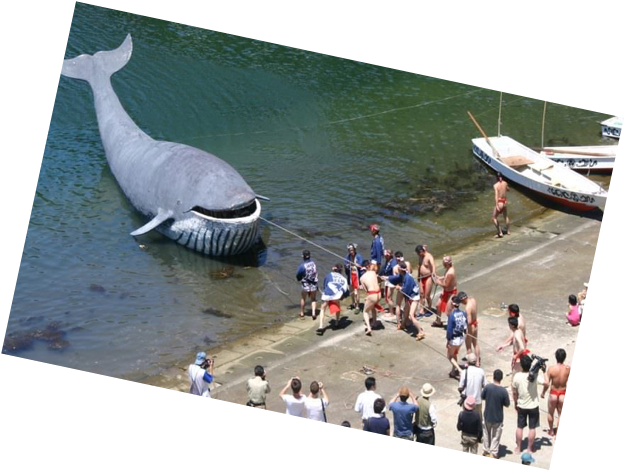
Dori Whale Festival (around mid-July)
The festival started in 1992 to commemorate the 300th anniversary of the construction of the whale graves.
5 minutes by car
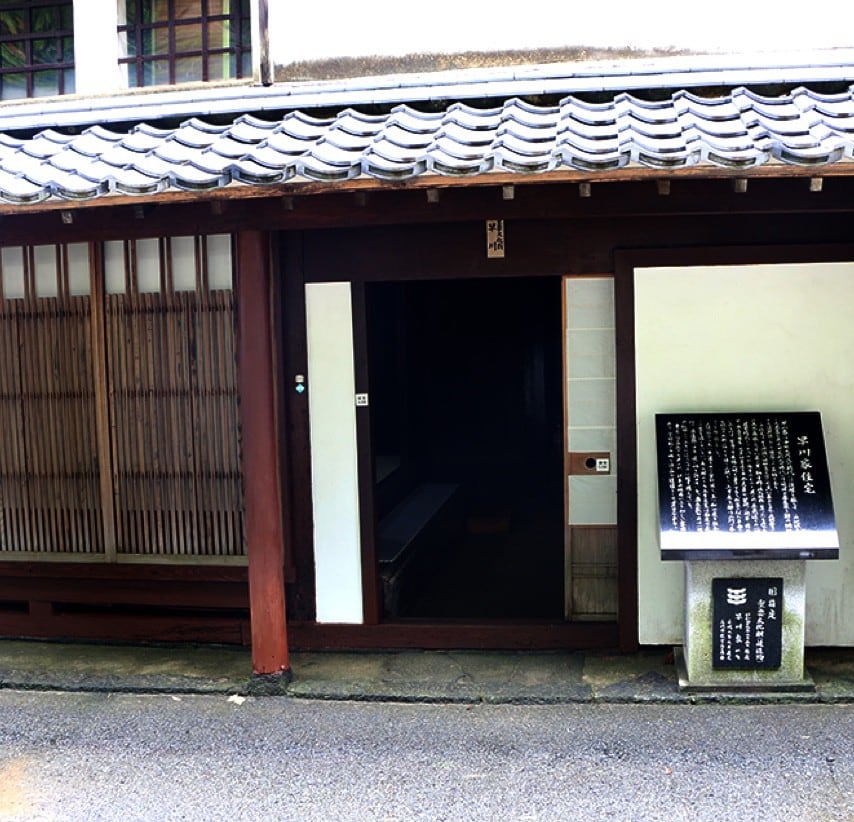
10:00Hayakawa Family Residence
Learn about the life of a fisherman in the late 18th century.Dori is a fishing port located at the eastern end of Aomi Island, and was a strategic point of San-in maritime traffic where a seaway barrier was established in the Middle Ages, and prospered as a base for Choshu whaling in the Edo period. The Hayakawa family contributed to the founding of the Kayoi Kujira-gumi during the Edo period, and the family has been active in the industry for generations as net captains and urakata officials. The house has an atmosphere befitting a fisherman's residence. The house has been relatively well preserved and is one of the few valuable structures of its kind in Japan. *Because it is a private residence, visitors who wish to see inside the house must inquire in advance.
- For inquiries regarding tours, please contact
- Nagato City Board of Education, Cultural Property Protection Office TEL : 0837-22-3517
16 minutes by car
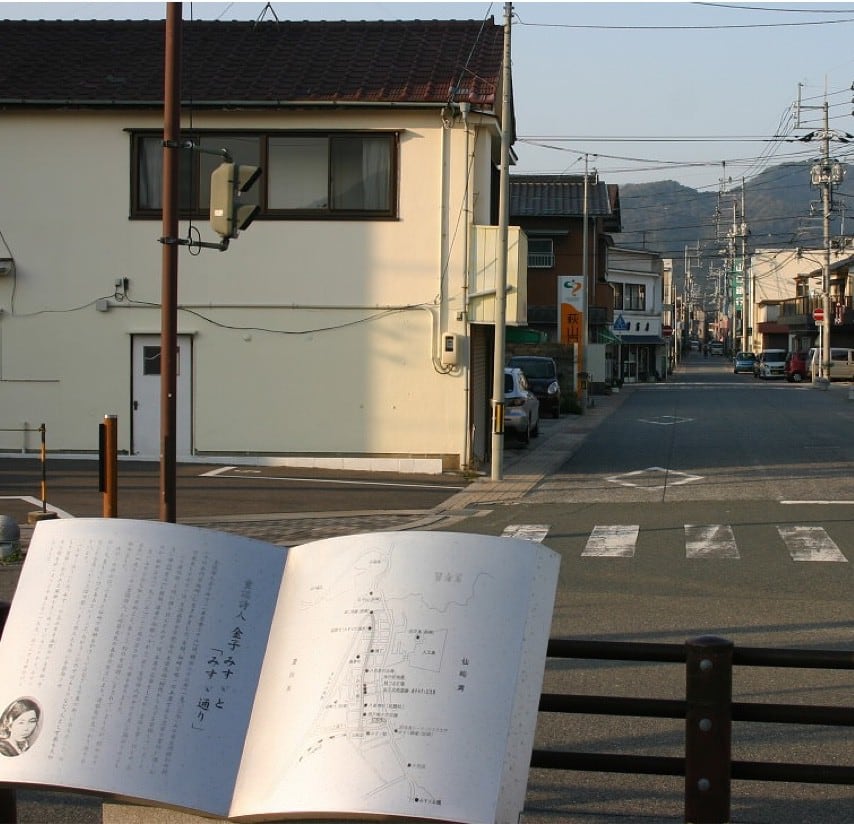
11:00Senzaki Misuzu Street, Kaneko Misuzu Memorial Museum
Know "Misuzu Street," the birthplace of Misuzu Kaneko, a "visionary poet of children's songsMisuzu Street, a townscape that retains its old-fashioned atmosphere, stretches about 1 kilometer north of JR Senzaki Station." The street was named "Misuzu Street" after the birthplace of the "fantastic children's song poet" Misuzu Kaneko. Handmade poem tags of Misuzu Kaneko are hung from the eaves of private homes along the street, creating a nostalgic and warm atmosphere in the town.
Visitors can enjoy the "Kaneko-Misuzu Memorial Museum," "Bronze Statue of Kaneko-Misuzu," and a mosaic of Misuzu made from a board of "kamaboko," a local specialty of Senzaki.
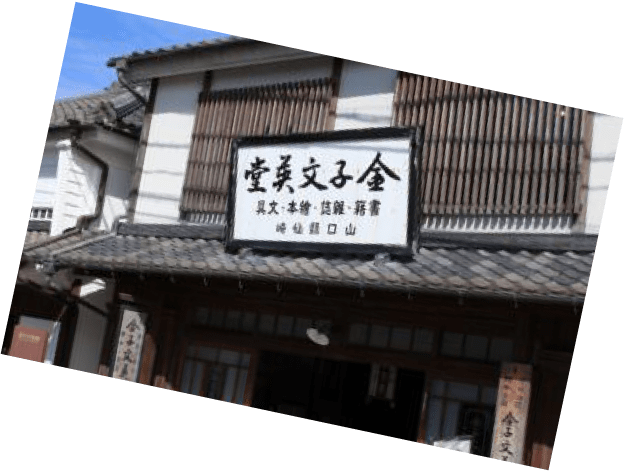
Kaneko Misuzu Memorial Museum
Located in the center of Senzaki Misuzu Street, the memorial hall brings back to life the kind heart of Misuzu Kaneko.
10 minutes by car
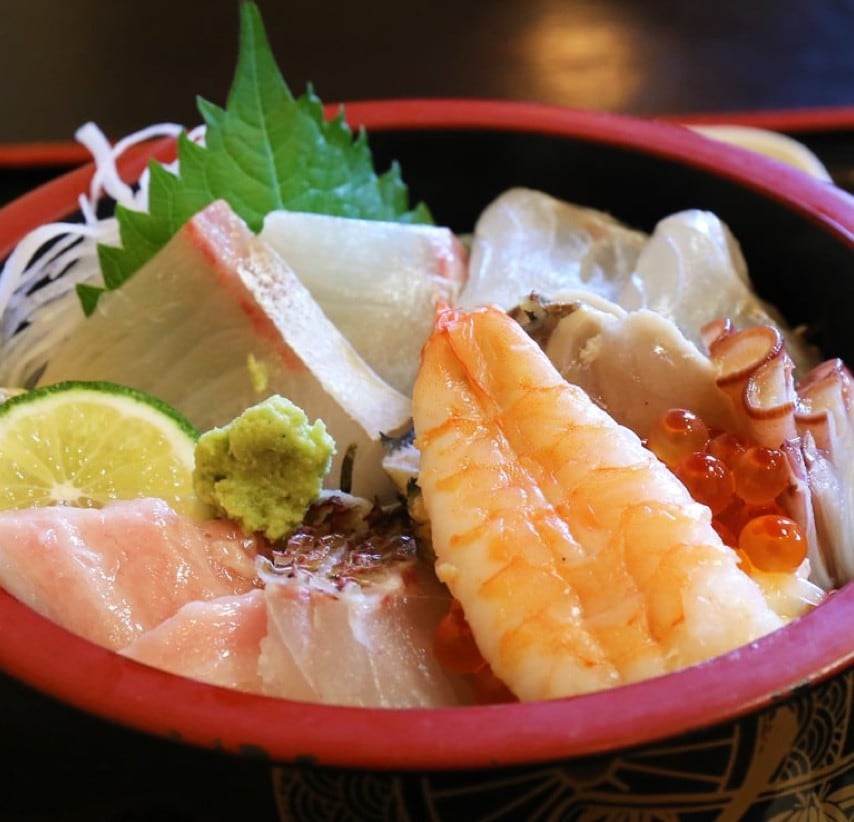
12:30Saizaji, a seasonal restaurant
Tantalize your taste buds with local ingredientsWe offer a wide variety of Japanese dishes using fresh ingredients purchased from the Senzaki Market in Nagato every morning, including live fish dishes, a la carte dishes, and catered dishes.
5 minutes by car
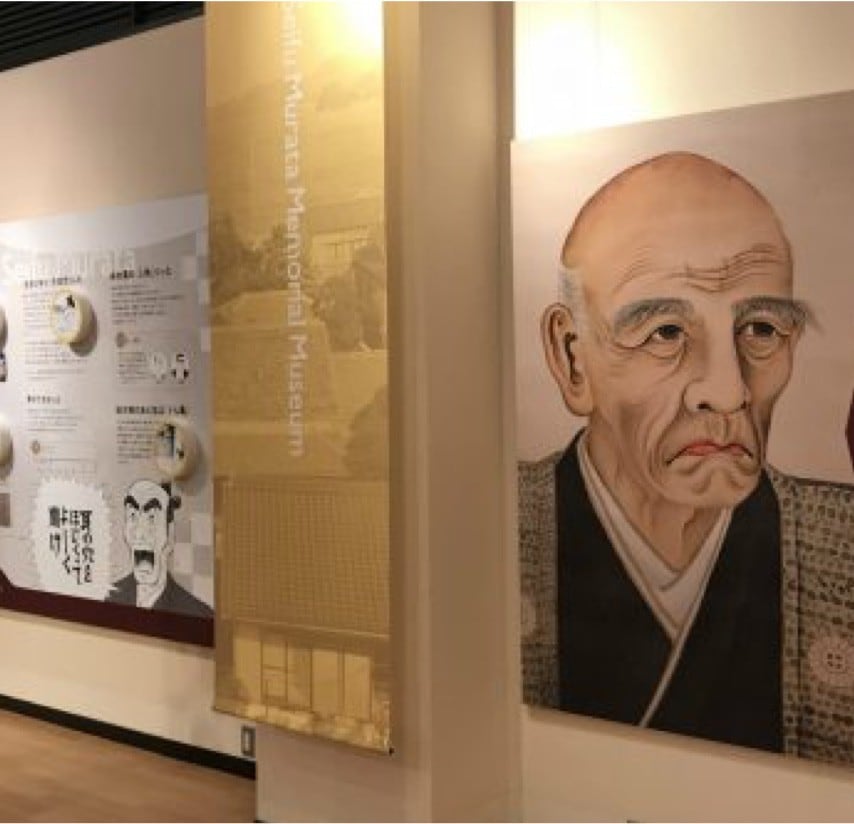
14:00Murata Seifu Memorial Hall
The facility was renovated in January 2008 to commemorate the 150th anniversary of the Meiji Restoration!The achievements and personalities of Murata Seifu Murata and Shufu Masanosuke, the local forefathers, are introduced through their artifacts and documents.
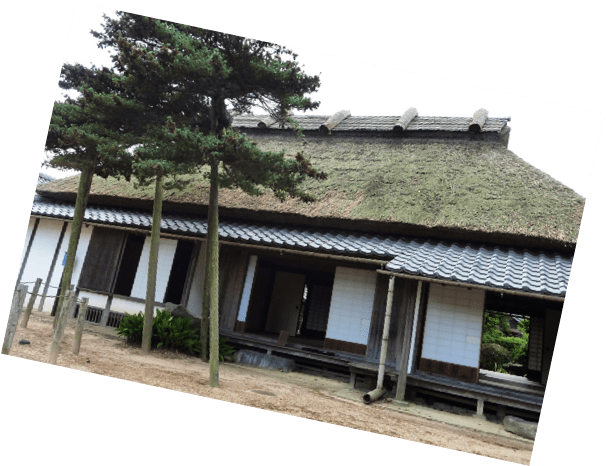
Misumi Villa
National Historic Site Former residence of Seifu Murata, who laid the foundation of the Restoration Kaiten
10 minutes by car
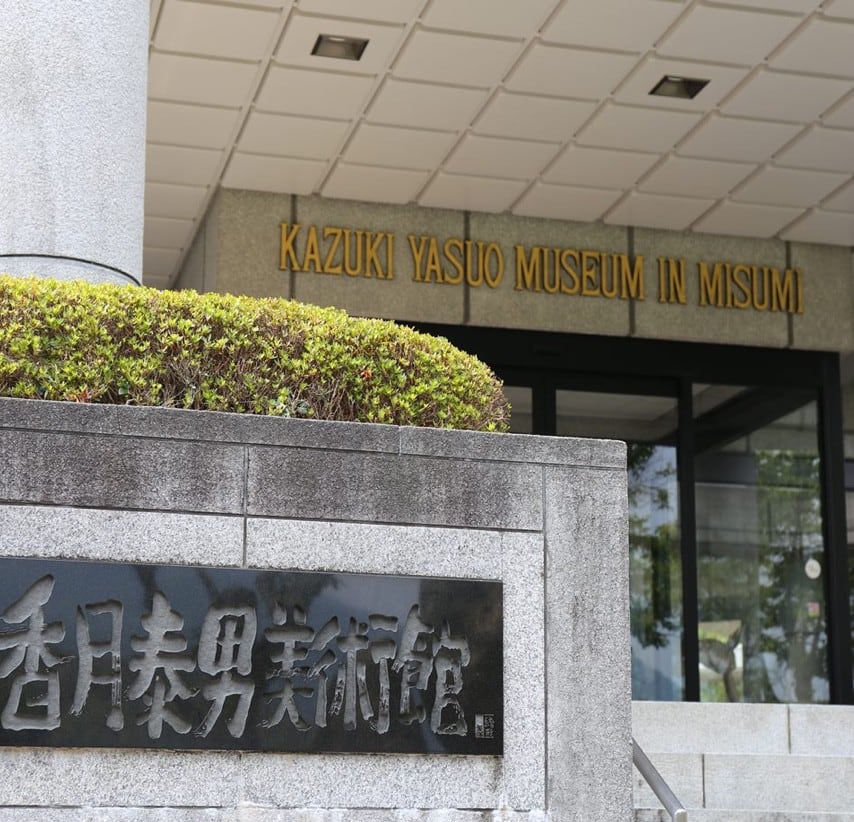
15:00Kazuki Yasuo Museum of Art
Learn about the achievements of Yasuo Kozuki, known for his "Siberian Series.The museum houses and exhibits drawings, toys, and other works that were carefully preserved by the Kagetsu family after his death. The museum has restored his studio as it was when he was alive, and the special exhibitions held three times a year allow visitors to meet a different Kozuki than the one in the Sibelija series.
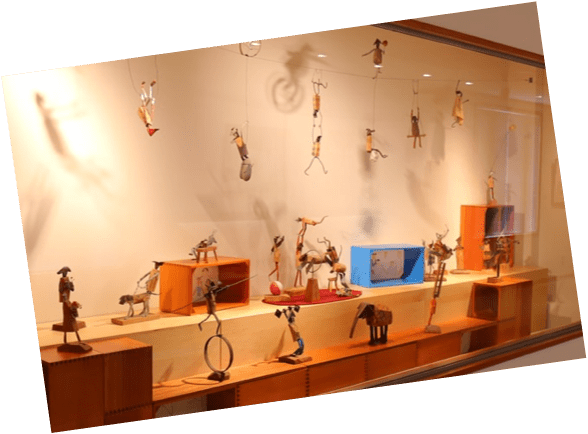
20 minutes by car
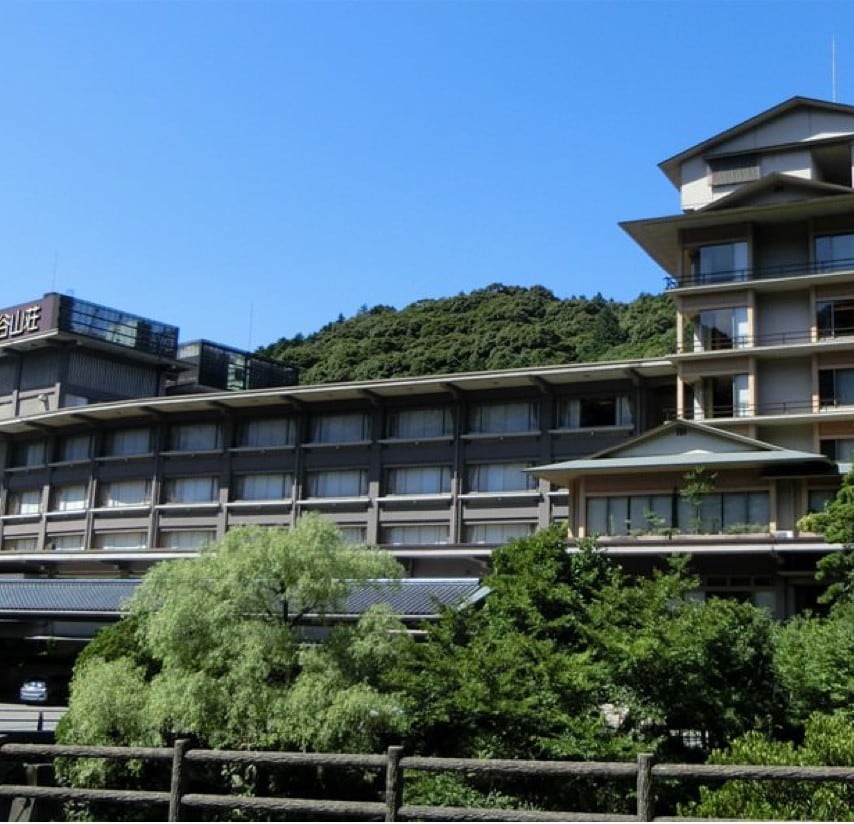
17:00Yumoto Hot Spring Resort, Nagato City
Stroll through the streets of Yumoto and relax at "Otani SansoEnjoy a relaxing stay in Nagato Yumoto Onsen, a hot spring resort with 600 years of history.
At our ryokan, you will be close to nature, deep in your heart, and enjoy our hospitality that values the beauty of nature in each of the four seasons.
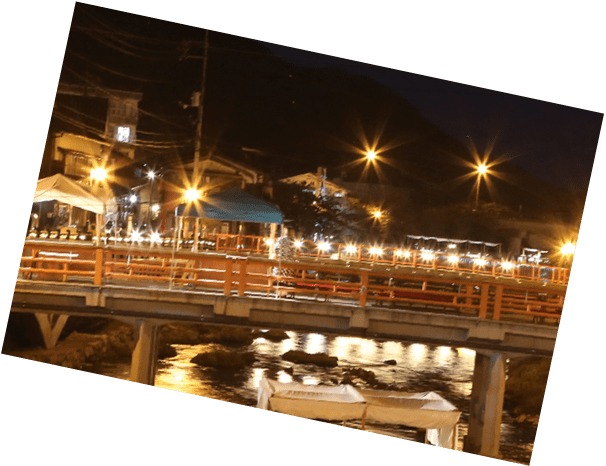
Day 2 Route Details
Otani Villa
9:00
Daineiji Temple
9:30
Daneiji Temple Old Street
10:20
cafe&pottery Oto
11:30
Hagi ware Fukagawa Kiln
13:00
Yoshitomi Koshindo
15:00
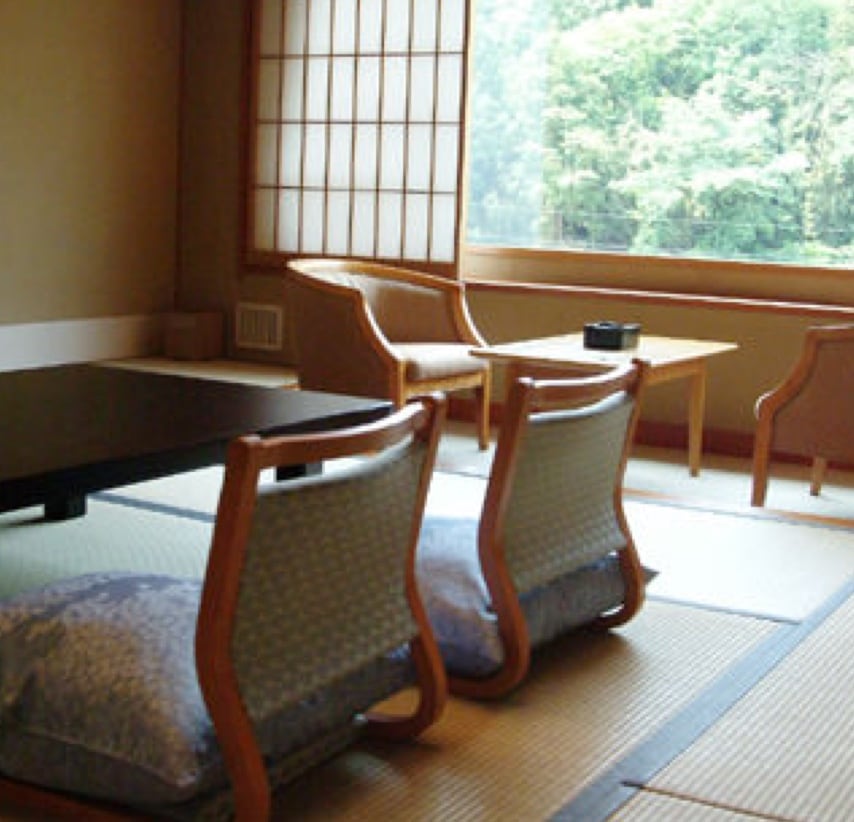
9:00 Otani Villa
Start of Day 2 to refresh mind and body25 minutes on foot
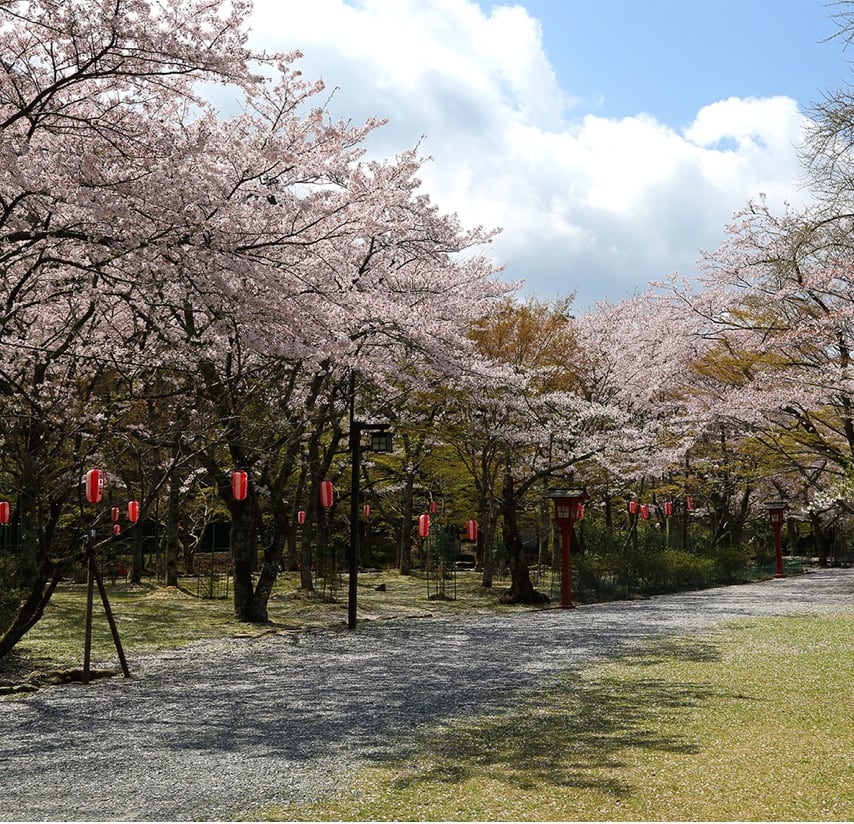
9:30 Daneiji Temple
Stroll through the "History of Nagato" at Daneiji Temple, famous for its cherry blossoms in spring and autumn leaves in fall.It is one of the most famous temples of the Soto sect, which was founded in 17 Oei Era by Washigashira Hirotada, the guardian of the area at that time. In the past, it boasted such prosperity that it was called the Koya of the west. It is also known as the final resting place of the Ouchi Clan, which flourished in Yamaguchi during the Muromachi Period (1336-1573) as the dominant clan in the western part of Japan.
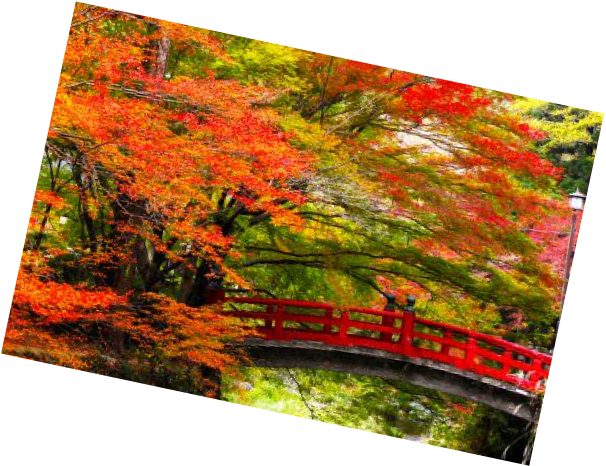
25 minutes on foot
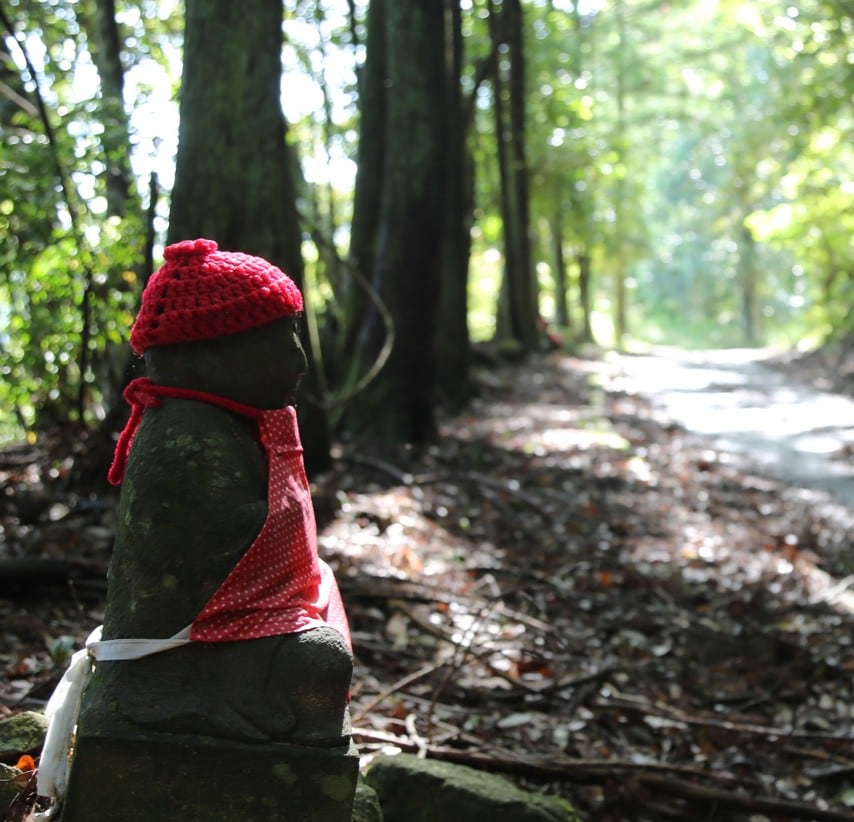
10:20Daining Temple Old Street
Mochitsuki Jizo, Jizo no Komichi, Matou KannonWhile listening to the clear stream of the Otosoregawa River, you can visit and enjoy the history and culture of the Nagato Yumoto Hot Springs and surrounding area. Each spot is also a picturesque spot for photography.

20 minutes on foot
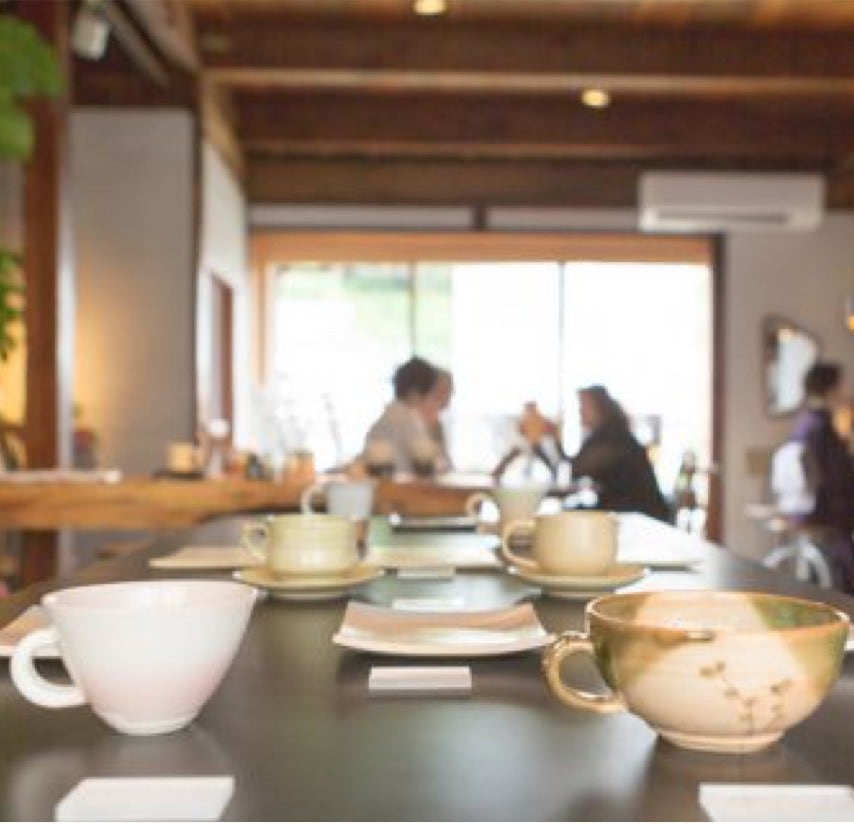
11:30cafe&pottery sound
Café time with a murmuring river and HagiyakiThis is a new café-gallery along the Onshin River flowing into Nagato Yumoto Onsen. You can enjoy home-roasted coffee and homemade cakes with dishes made by young artists of Fukagawa Kiln, a Hagiyaki pottery kiln that has been in existence for about 400 years.

20 minutes on foot
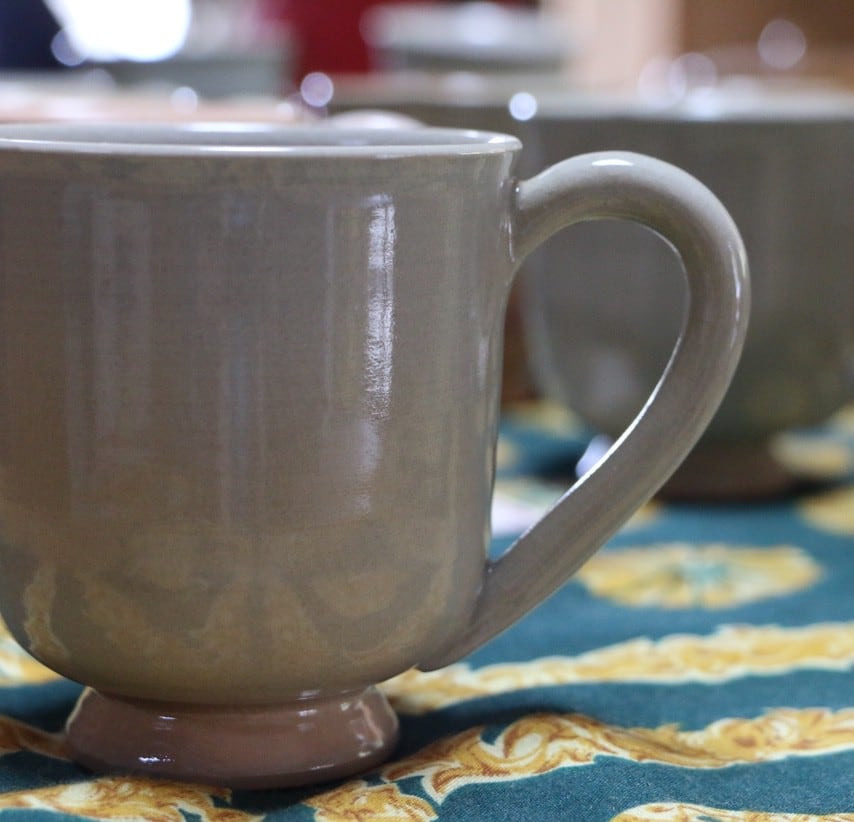
13:00Hagiyaki Fukagawa Kiln
(If you still have time to spare)In Fukagawa Yumoto Minose, four Hagi-yaki kilns are now smoking. The history of Hagi ware dates back to the reign of Toyotomi Hideyoshi, and at the end of the 16th century, during the Bunroku no Yaku (1592) and Keicho no Yaku (1597) wars, known in later times as the "Pottery Wars," the lords of western Japan competed to bring back potters of the Joseon Li Dynasty, and the pottery industry sprang up all over western Japan.
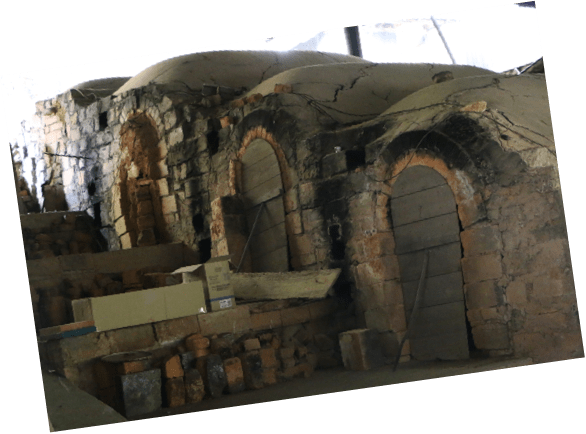
5 minutes by car
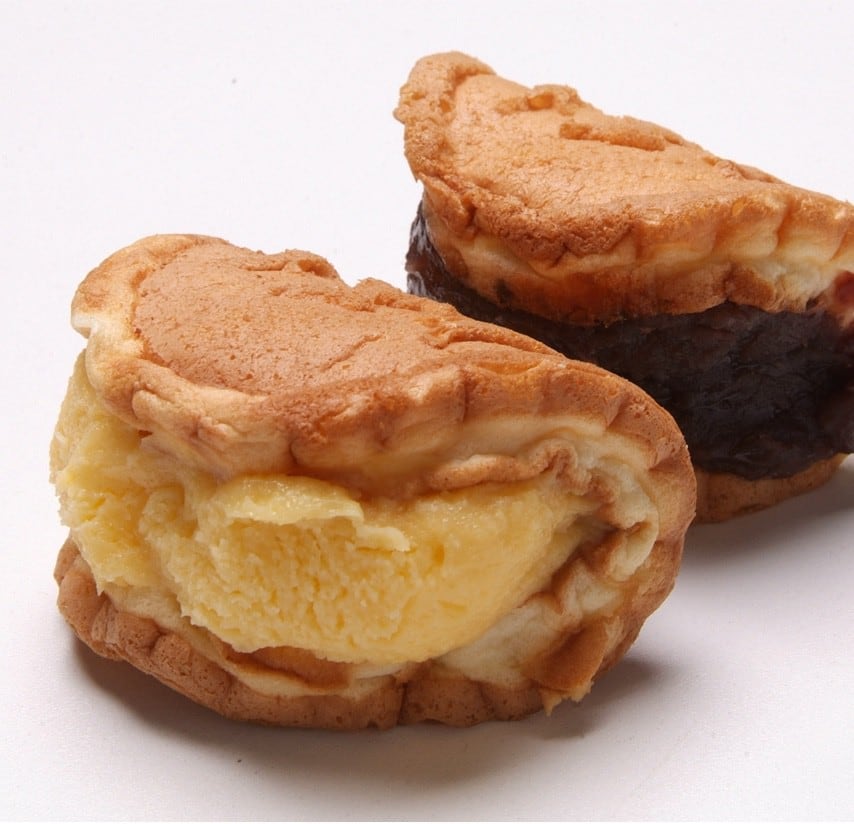
15:00 Yoshitomi Koshindo
Wafuru, a long-established Japanese sweets shop loved by localsIt is a gourmet dish with an elegant flavor that is not too sweet, and is filled with cream, sweet bean jam, and other ingredients.
one's way back
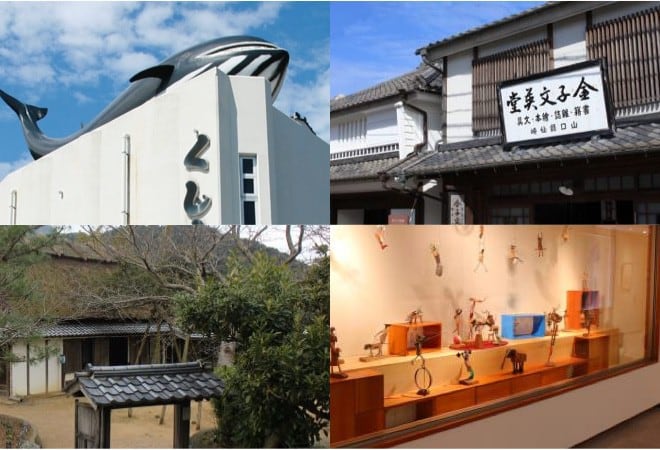
Tickets for the four Nagato City museums are now on sale.
A common use ticket is available for admission to four municipal facilities (Kaneko Misuzu Memorial Museum, Yasuo Kouzuki Museum of Art, Seifu Murata Memorial Museum, and Whale Museum) with a single ticket.
- □ Target: Misuzu Kaneko Memorial Museum, Yasuo Kouzuki Museum of Art, Seifu Murata Memorial Museum, Whale Museum
- Admission: Adults 700 yen (usually 1,250 yen) / High school students and younger 300 yen (usually 550 yen)
- □ Sales location: Sold at the admission desk of the applicable facility
- □ Expiration date: 30 days from the date of sale



